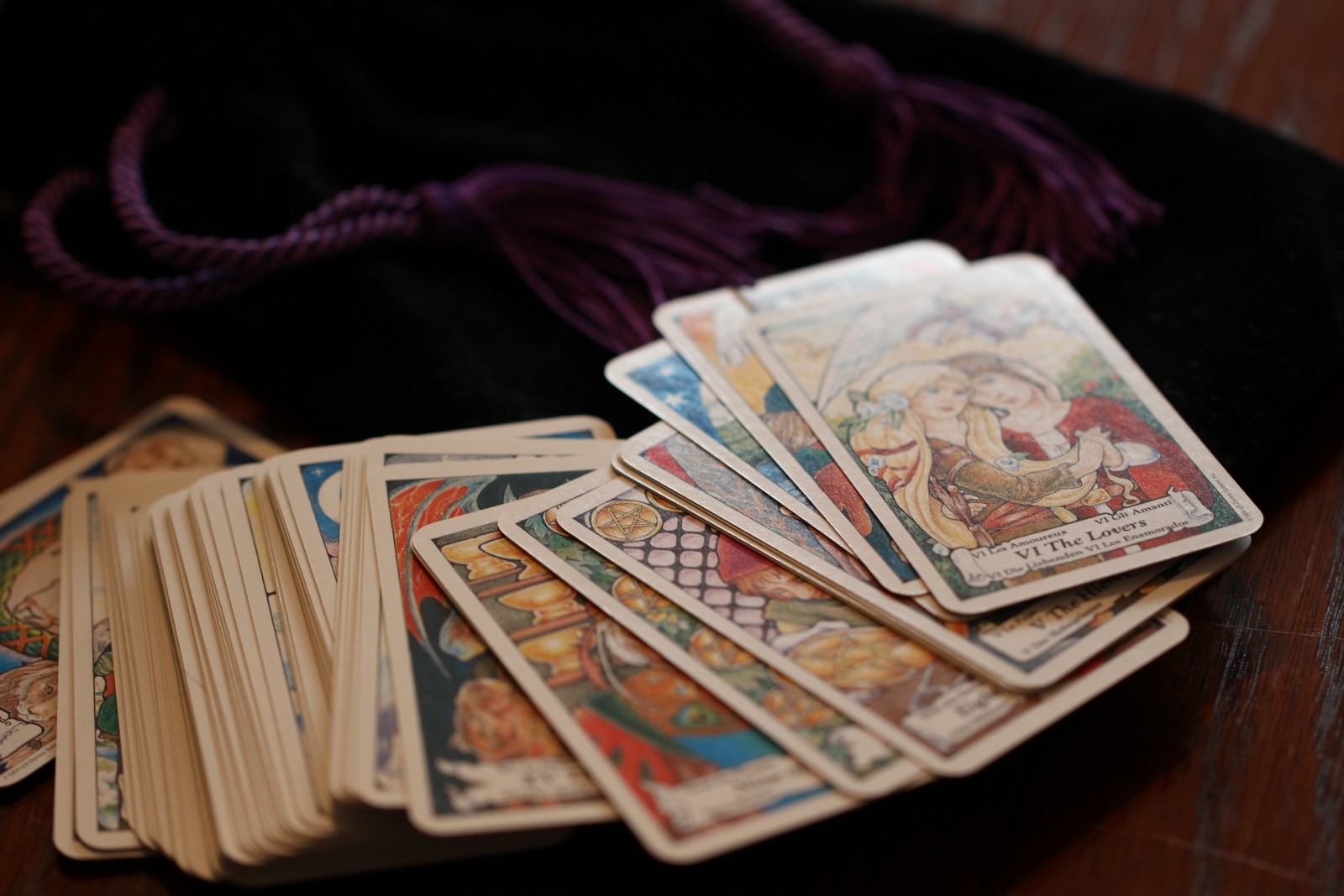
When you hear the word ‘Tarot,’ what comes immediately to mind? If you’re somewhat familiar with this popular divination tool, you might recognise images from the Rider-Waite-Smith deck. Or, perhaps you’re chiefly familiar with the Tarot thanks to the likes of Aleister Crowley and other names associated with secret societies.
Whatever your connection with the Tarot, mental or otherwise, it can’t have escaped your notice that this tool has a long history that has become clearer with each passing year, but still muddied a bit by speculation.
Is Knowing The History a ‘Must-Do?’
You might be wondering if it’s absolutely necessary to know the history of the Tarot in depth in order to read the cards.
The truth is, no, you do not absolutely have to know a large amount of history of your favourite divination tool. However, learning the history of the Tarot, the culture or cultures that gave rise to our modern Tarot system, and so on, can enrich your personal learning as you go along. Just be careful not to let your study of Tarot history cloud how you read the cards in the here and now.
A Tangled Web
While it is commonly thought by Tarot beginners that the system we know now was always chiefly used for divination, this wasn’t necessarily the case. Tarot historians have discovered that the earliest known origins were not in ancient Egypt, but actually in mediaeval Italy, and was actually a game called Trionfi, meaning ‘Triumphs.’ This game was based on a poem written by Petrarch called I Trionfi, which describes allegorical figures defeating previous and successive figures. The poem and subsequent game, believe it or not, have their origins around the years 1356-74.
The chronology from that point forward spans over 600 years up to modern times, so we won’t go into it extensively.. What you might find particularly fascinating, however, are the following points in time where the Tarot ‘game’ truly takes a turn for the mystical and stays on that course pretty much permanently.
- One of the earliest uses of Tarot for divination-like practise was the use of lot books in the 1480s. The ‘Trionfi’ cards are still considered playing cards, but with a new twist: single playing cards are chosen, then the user turns to a page in a book that helps them answer a question.
- In 16th-century Bologna, a page describing divinatory meanings for 35 cards of the Tarot Bolognese turns up. It also tells the user how to shuffle and divide the cards, but it doesn’t describe what to do next.
- In 1770, a man by the name of Eteilla is not only the first professional tarot reader, but writes the earliest known book on cartomancy. This is also the most explicitly recorded instance of the Tarot being used for divination.
- Fast forward a bit to 1781, 1783 and 1789. First, a Frenchman named Antoine Court de Gebelin writes and publishes essays linking the Tarot with Hebrew letters and ancient Egypt, beginning thefamous assertion of Tarot’s alleged mystical connections to the Middle East. Later on in 1783, Eteilla expands on the Egyptian aspect when he finally publishes his book How to Entertain Oneself with a Pack of Cards Called Tarot. In 1789, Eteilla subsequently publishes an occult Tarot deck based on Hermetic teachings.
You can see where the chronology and the long-held assertions and assumptions get tangled. Since we don’t know for sure exactly what happened with the deeper origins of the Tarot trumps and the court cards prior to the Italians, as many people in mediaeval Europe were illiterate, what Mssr de Gebelin wrote in the 1700s could easily be thought of by many as potentially true.
Add to this the 19th century fervour and interest surrounding spiritualism, Hermetic teachings etc, and the web of mystical Tarot history as related to divination is knotted further.
The Gypsies & The Tarot
Now, let’s address another part of the story: the assumptions surrounding the origins of both the Gypsies and their alleged use of the Tarot. These assumptions have become another tangled thread in the mystical story and influence of the Tarot, so let’s briefly untangle it with new evidence which has come to light.
First, it’s been discovered that the Gypsies, or more accurately, the Romani (their cultural spelling) originated not in Egypt, but in India. Secondly, it could easily be that, due to their migration patterns, they eventually brought their cartomancy system to Italy. Therefore it is also very likely that that system was changed by the Italians and other Europeans to suit the current fashions and class system.
However, much of the Romani’s true use of what we have come to know as the Tarot is likely lost to time, since the Romani themselves have only really had oral traditions for much of their culture’s existence.
Modern Times & Influence
It is long thought, thanks to Tarot’s extensive history, along with typical human conjecture, that this, or any, divination system is all about predicting someone’s future, in the sense that our fates are predestined.
This said, it has also been strongly suggested that we do create our own reality. So how does a system as old as the Tarot fit into this new stream of spiritual influence as a source of mystical guidance? The answer is fairly simple: The Tarot and the archetypes contained within are essentially timeless, and therefore, the system and its mystical influence changes with the people using it.
The Tarot therefore serves as a very efficient, fluid road map that will help awaken our intuition and tell us how best to adjust our course for the future or keep going the way we’ve been going. And likely as not, because it is so universally helpful, the Tarot will keep on serving in a similar manner for many decades, even centuries to come.
